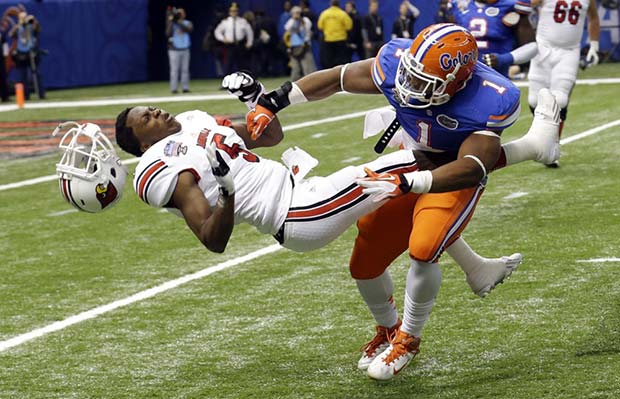In one of the odder lawsuits we’ve seen in the Springfield, Missouri area, the ‘mud put’ injury lawsuit has finally come to an end. This lawsuit involved Springfield Public Schools and Kickapoo High School. While the Springfield Public Schools group denies any wrongdoing, they have agreed to pay a sum of $423,106 to settle a lawsuit filed by a former student of Kickapoo High School.

This lawsuit revolves around a 2011 incident, when the graduate was stomped into a muddy pit during a back-to-school program, leaving her with significant injuries. The student, Megan Taylor, at the time aged 17, suffered from significant damage whilst attending the “How Night,” a popular annual event at Kickapoo.
Taylor, now 25, was pushed from behind and fell into a muddy pit, face-first. According to one classmate, it was more akin to a “mosh pit” and was clearly dangerous. Taylor herself spoke about the incident at the 2017 deposition, saying: “I started screaming, telling them to get off because I was feeling really crushed. And I felt like everything was kind of just getting squished, “Then I felt my shoulder pop.”
Dragged away by a student who seen her fall unconscious during the incident, Taylor suffered significant injury due to the incident. The suit, brought against Springfield Public Schools and Lebanon Superintendent, David Schmitz – the principal of the school in 2010 – alleges that the muddy pit was nowhere near supervised enough, and that emergency aid was not delivered in a quick enough fashion.
While the district itself denies knowing any existence of the muddy pit event, the fact that sloganized t-shirts reading “There will be mud,” makes it hard to know what to expect.
The injuries suffered included a fractured collarbone as well as heart and chest tissue injuries. Indeed, the incident meant that Taylor suffered from four strokes, as well as permanent brain damage, severe dementia and even temporary total blindness that left her blind for a number of weeks.
Almost two months of missed term time was the result, and Taylor was also diagnosed with post-traumatic stress disorder.
While the full settlement details were not made clear in the settlement, Taylor had sought help with medical expenses and also an unspecified amount. When asked about the incident, Schmitz said: “I always wish every student the best, regardless of the circumstances, but I don’t want to comment beyond that.”
The Chief of Communications for the district, Stephen Hall, said: “The safety and well-being of our students will always be our first priority. We are committed to their best interests — always,” he said. “Any time one of our students is injured, our hearts go out to them, we seek opportunities to provide support, and we work to prevent future injuries from occurring. We are pleased that this case has been resolved and our very best wishes go with Megan as she moves forward.”






